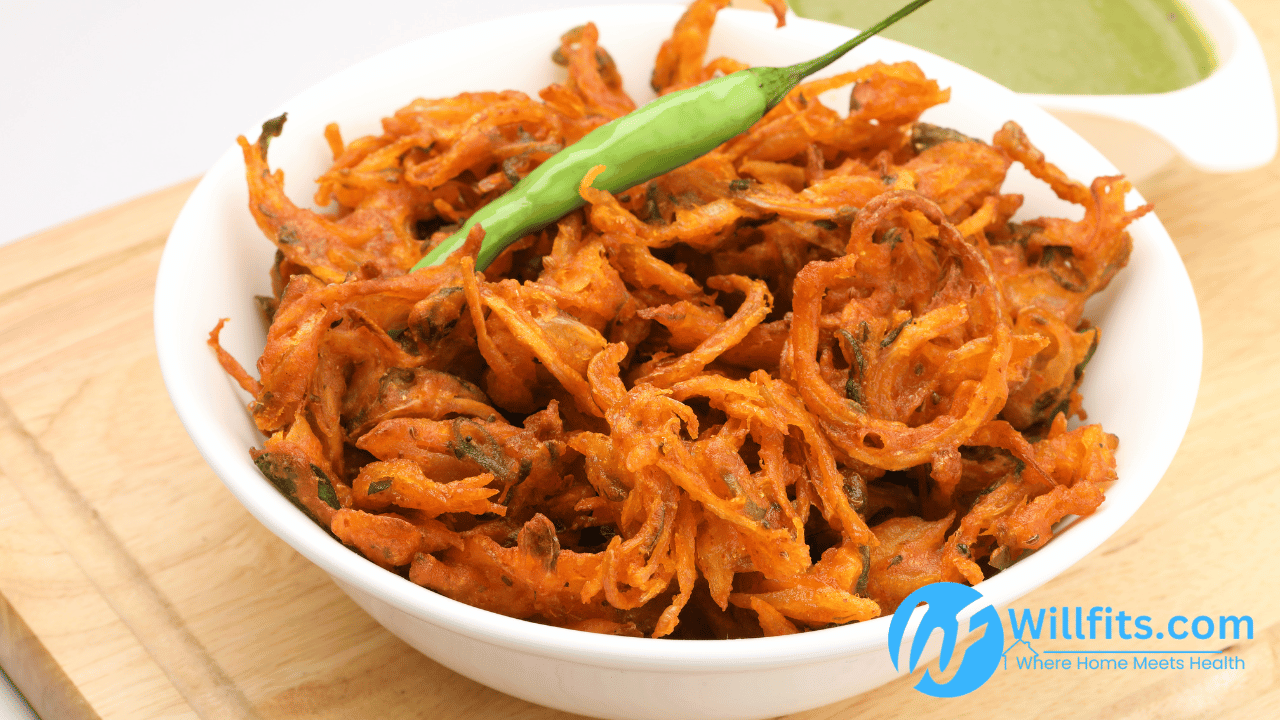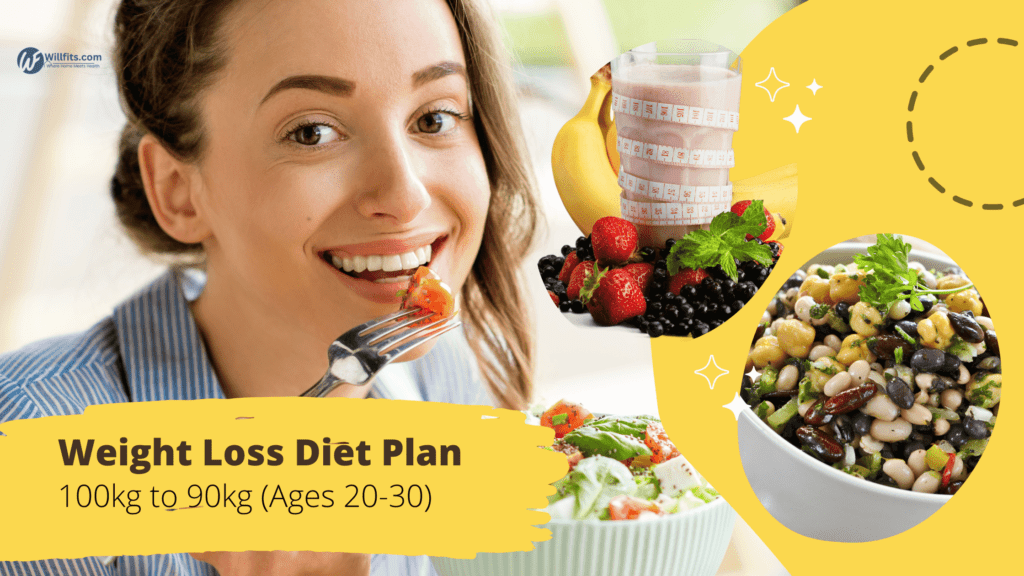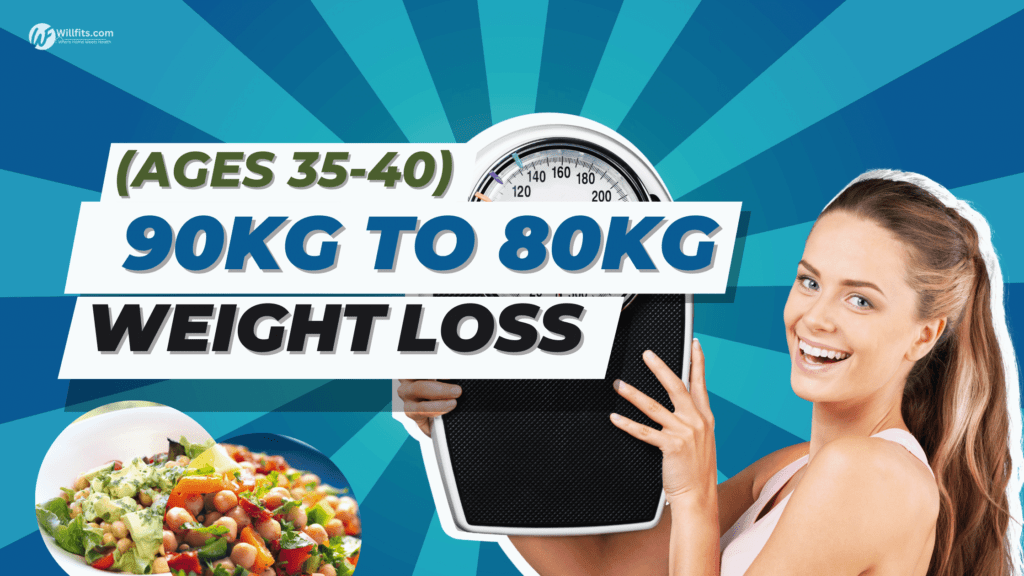5/5
decripition
INSTRUCTIONS
- In a mixing bowl, combine chickpea flour, rice flour (if using), cumin seeds, coriander powder, garam masala, turmeric, red chili powder, baking soda, and salt. Adjust the spice levels to your preference.
- Gradually add water and mix the ingredients to form a smooth, thick batter. The batter should be thick enough to coat the back of a spoon.
- Heat oil in a deep frying pan or pot over medium-high heat. Make sure the oil is hot enough for frying (around 350°F or 175°C).
- Dip the sliced vegetables into the chickpea flour batter, ensuring they are evenly coated.
- Carefully place the coated vegetables into the hot oil, one by one, or in small batches.
- Fry the pakoras until they turn golden brown and crispy, which should take about 3-5 minutes. Be sure not to overcrowd the pan as it may lower the oil temperature and result in soggy pakoras.
- Using a slotted spoon, remove the fried pakoras from the oil and place them on a plate lined with paper towels to drain excess oil.
- Serve the Vegan Vegetable Pakoras hot with your favorite chutney, sauce, or yogurt (for non-vegan versions).
TIPS
- You can use a variety of vegetables, such as thinly sliced potatoes, onions, spinach leaves, or cauliflower florets. Feel free to mix and match according to your preference.
- Adjust the level of spiciness to suit your taste. For a milder version, reduce the amount of red chili powder.
- For extra crispiness, consider adding a bit of rice flour to the batter and using baking soda.
BENEFITS
- Plant-Based: Vegan Vegetable Pakoras are entirely plant-based, making them suitable for vegans and vegetarians.
- Rich in Vegetables: These pakoras provide a tasty way to incorporate a variety of vegetables into your diet.
- Spices and Aromatics: The spices used in the batter add a flavorful and aromatic dimension to the dish.
NUTRITION VALUE
- Calories: The calorie count of Vegetable Pakoras varies based on the size and number of pakoras and the type and amount of vegetables used.
- Carbohydrates: Chickpea flour and vegetables contribute to the carbohydrate content.
- Protein: Chickpea flour contains protein, making Vegetable Pakoras a source of plant-based protein.
- Fat: The frying process adds fat to the pakoras, which can be minimized by using an appropriate frying technique.
- Fiber: Vegetables used in the pakoras provide dietary fiber.
- Vitamins and Minerals: The specific nutrient content varies based on the choice of vegetables used in the pakoras.














